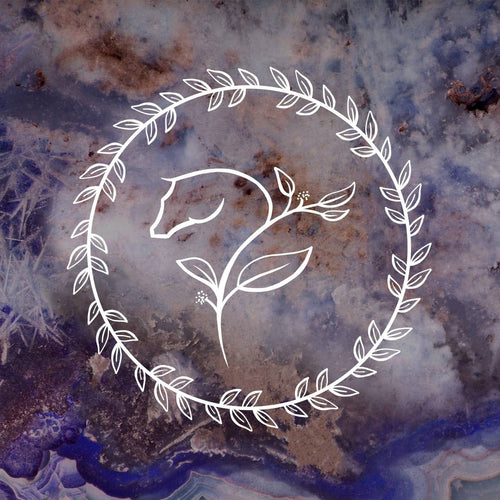Toxic plants
Horses exposed to toxic plants in their pastures, forage, and surrounding environments face increasing risks of plant poisoning. In addition to factors such as land use changes, pasture management, and climate changes, the public's lack of knowledge about plants exacerbates the situation.
For example: Foxglove, found in many meadows, contains cardiac glycosides. Ingesting this plant can cause severe cardiac problems in horses. Aconites, with their toxic alkaloids, cause symptoms such as excessive salivation and neurological disorders.
Belladonna, alluring with its black berries, contains atropine, causing severe neurological effects.
These examples highlight the necessity of recognizing these toxic plants to eliminate them from pastures.
The lack of knowledge about plants, coupled with inadequate pasture management, contributes to the degradation of grasslands. Invasive plants like ragwort threaten biodiversity and pose risks to animal health.
Climate changes promote the proliferation of plants like dandelion, responsible for outbreaks of poisoning cases. Inappropriate agricultural practices, overgrazing, and poor pasture management expose horses to toxic plants, including Spanish vetch and dandelion.
Identifying toxic plants in forage is complex, increasing the risk of poisoning. Horses, normally capable of selective grazing, can be poisoned during environmental changes, periods of scarcity, or by consuming acorns after windy episodes.
Understanding the risks of plant poisoning in equines is crucial. Prevention through regular pasture monitoring, raising awareness among forage suppliers, and removing toxic plants is essential to ensure the health of horses. Wise management of equine environments, incorporating practical examples, is necessary to minimize the risk of plant poisoning.
Toxic plants must be removed out of sight of the horses. If horses are nearby, they should be removed beforehand. Similarly, green waste should be carefully collected and never fed to the animals. There are also indirect poisoning risks with closely grazed pastures in the presence of toxic plant elements (seeds, leaves, etc.). When grazing close to the ground, the horse cannot select what it consumes and may ingest toxic plant elements.
Remarks: The information available on this page from external sources cannot guarantee that it is free from errors, nor guarantee its completeness, timeliness, exhaustiveness, or otherwise. As a result, it is the responsibility of the user to use the information on the website at their own risk and to conduct any verification under their exclusive responsibility. The Horse Remedy website cannot be held responsible for the interpretation made by users, whatever it may be, of all the information, data, and advice offered on its blog, and the consequences that may result from it. We provide information solely to promote and improve the natural health of your animal. In Belgium, the law stipulates that it is exclusively up to a veterinarian to make a medical diagnosis and prescribe a medical treatment.
- Choosing a selection results in a full page refresh.
- Opens in a new window.

